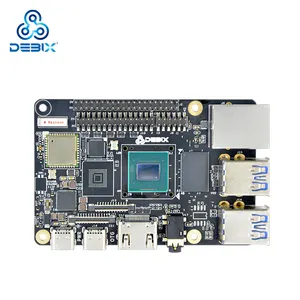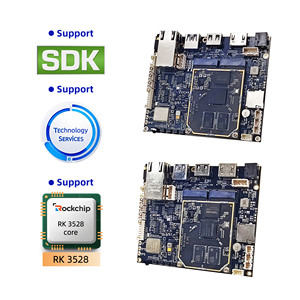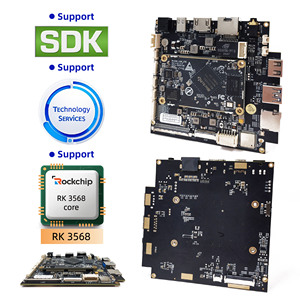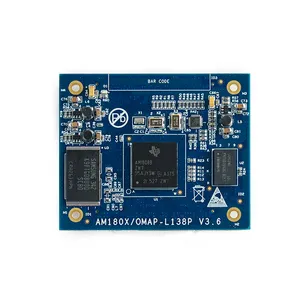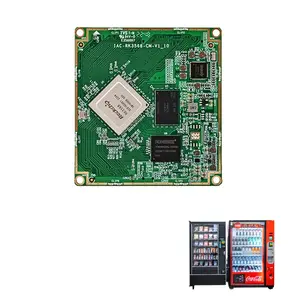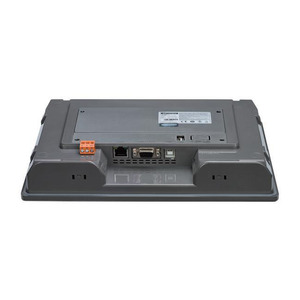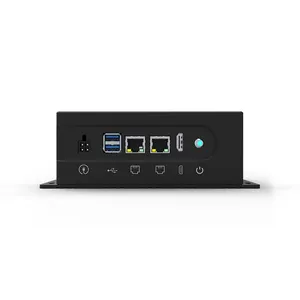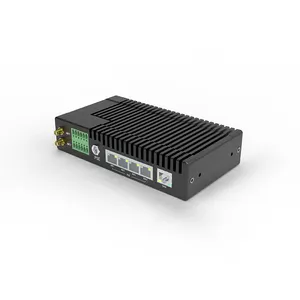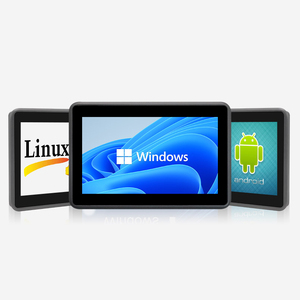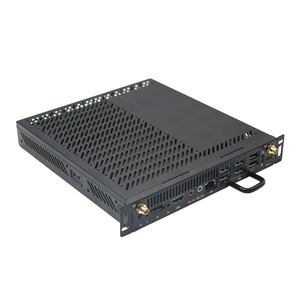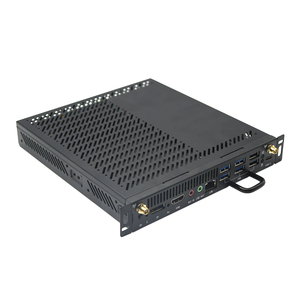Embedded System Examples




 1/3
1/3



 1/3
1/3








 1/3
1/3



 0
0











 1/6
1/6





 1/3
1/3





 1/2
1/2




 1/3
1/3




 1/3
1/3




 1/3
1/3


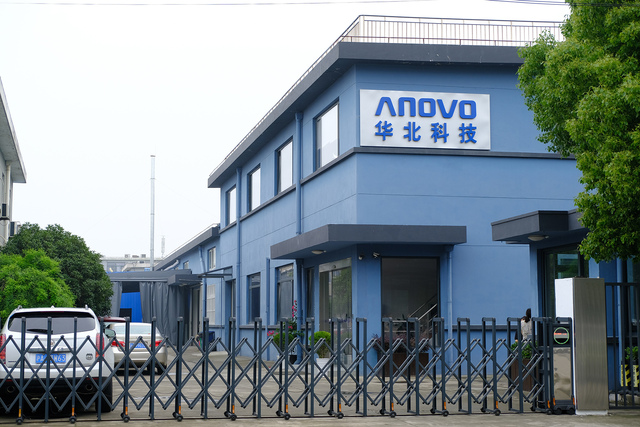

 1/3
1/3




 1/3
1/3








 1/17
1/17




 1/3
1/3



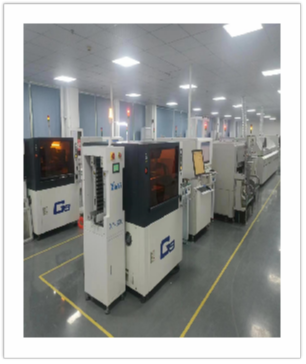

 1/3
1/3













 1/31
1/31




 1/3
1/3
About embedded system examples
Where to Find Embedded System Examples Suppliers?
China leads global production of embedded systems, with key supplier clusters concentrated in Shenzhen, Changsha, and Hebei. These regions host vertically integrated electronics manufacturing ecosystems, combining semiconductor sourcing, PCB fabrication, and system-level assembly under one regional infrastructure. Shenzhen’s supply chain dominance enables rapid prototyping and low-volume production, with component lead times reduced by up to 40% compared to non-specialized markets. Changsha and Hebei focus on industrial-grade modules and power-embedded solutions, supporting sectors such as telecommunications, automation, and smart infrastructure.
The proximity of tier-1 component suppliers, contract manufacturers, and logistics providers within these hubs allows for agile development cycles and cost-efficient scaling. Buyers benefit from localized testing facilities, access to engineering talent pools, and streamlined customs processing for export shipments. Typical advantages include MOQs starting at 1 unit for development boards, lead times averaging 7–15 days for sample orders, and flexibility in firmware customization and OS integration (Linux, Android, RTOS). This ecosystem supports both off-the-shelf evaluation platforms and fully customized embedded solutions.
How to Choose Embedded System Examples Suppliers?
Selecting reliable partners requires structured evaluation across technical, operational, and transactional dimensions:
Technical Capability Verification
Confirm support for core architectures (e.g., i.MX8, Rockchip RK3568, Intel J1900) and operating systems (Linux, Android). Evaluate product documentation quality, including pinouts, SDK availability, and driver compatibility. Prioritize suppliers offering modular designs (SOM – System-on-Module) that enable scalable integration into end applications.
Production & Quality Infrastructure
Assess the following indicators of manufacturing maturity:
- In-house R&D teams with demonstrated experience in embedded Linux or real-time systems
- Compliance with RoHS and ISO 9001 standards (where stated)
- PCBA testing protocols, including functional burn-in and thermal stress validation
- Evidence of ongoing customer reorders (>15% reorder rate indicates post-sale satisfaction)
Cross-reference response times (≤2 hours is competitive) and on-time delivery records (100% reported across all analyzed suppliers) as proxies for operational reliability.
Procurement Risk Mitigation
Utilize secure payment mechanisms such as escrow services for initial transactions. Request physical or digital samples to validate board performance, thermal management, and I/O functionality before volume ordering. For custom designs, confirm IP protection agreements and version control practices. Verify export compliance, particularly for products incorporating controlled semiconductors or wireless technologies.
What Are the Best Embedded System Examples Suppliers?
| Company Name | Main Products | Price Range (USD) | Min. Order | On-Time Delivery | Avg. Response | Reorder Rate | Online Revenue | Customization |
|---|---|---|---|---|---|---|---|---|
| Polyhex Technology Company Limited | Development Boards, SOMs, Industrial PCs | $56.10–185.90 | 1 piece | 100% | ≤2h | 100% | $20,000+ | Limited |
| Hunan Display Innovation Technology Co., Ltd. | Motherboards, Touch Monitors, PCBA | $69–119 | 1 piece | 100% | ≤2h | <15% | $10,000+ | Yes |
| Hebei Yunshang Communication Technology Co., Ltd. | DC Power Modules, Rectifiers | $100–850 | 3 pieces | 100% | ≤1h | 16% | $60,000+ | Packaging |
| Shenzhen Anjier Technology Co., Ltd. | Development Boards, AI Linux Modules | $37–60 | 1 piece | 100% | ≤3h | <15% | $30,000+ | Yes |
| Wuhan Haoqing Weulansi Information Technology Co., Ltd. | Industrial Motherboards, Mini PCs | $162–223 | 1 piece | 100% | ≤1h | - | - | Limited |
Performance Analysis
Polyhex Technology stands out with a 100% reorder rate, indicating strong customer retention and product reliability, particularly in i.MX8M Plus-based modules. Shenzhen Anjier offers the lowest price point ($37) and customization options, making it suitable for budget-sensitive development projects. Hunan Display Innovation and Anjier provide flexible single-unit MOQs and Android/Linux support, ideal for prototyping. Hebei Yunshang specializes in high-power embedded DC systems, serving telecom and industrial power applications with bulk pricing advantages. Wuhan Haoqing targets mid-range industrial computing with Intel-based motherboards, though limited reorder data suggests lower repeat engagement. Response times are consistently fast across all suppliers (≤3h), reflecting competitive service standards in the embedded electronics sector.
FAQs
How to verify embedded system supplier reliability?
Check documented compliance with environmental and safety standards (RoHS, CE). Review available product specifications, SDK access, and software update policies. Analyze transaction history metrics such as on-time delivery, response speed, and reorder rates. Conduct video audits of production lines if full factory visits are not feasible.
What is the typical sampling timeline for embedded systems?
Standard development boards ship within 3–7 days after order confirmation. Customized units require 10–20 days depending on design complexity. Add 5–10 days for international air freight. Expedited processing may be available upon request.
Can suppliers provide custom firmware or OS images?
Selected suppliers offer customization of bootloaders, kernel configurations, and pre-installed OS environments (e.g., Ubuntu, Android). Confirm toolchain access and long-term software maintenance terms prior to procurement.
Do embedded system suppliers support small-batch orders?
Yes, most suppliers listed accept MOQs of 1 piece for standard models, enabling prototype validation and pilot deployment. Volume discounts typically begin at 50+ units.
How to assess thermal and electrical performance before deployment?
Request test reports covering operating temperature range, power consumption under load, and signal integrity. Conduct independent stress tests using representative workloads. For mission-critical applications, perform accelerated life cycle testing over 72+ hours.




